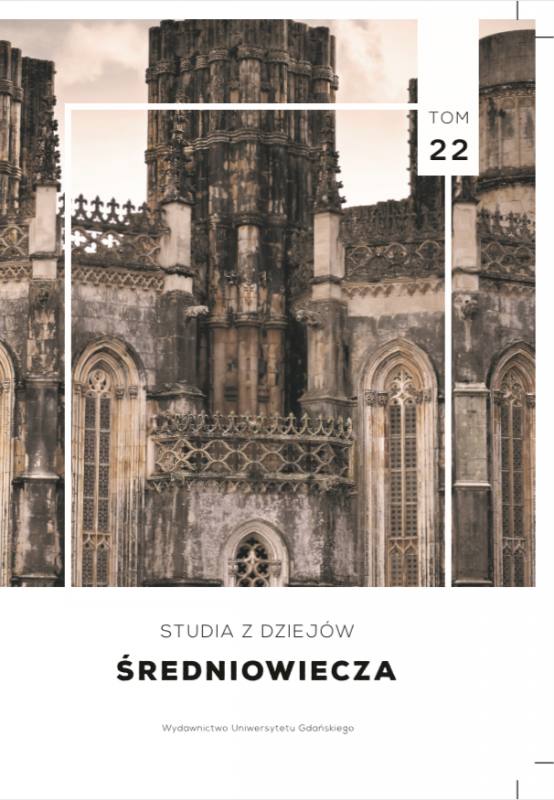Adducimus gemmam et florem: Bona Sforza’s bridal journey (1518) in the light of rituals and ceremonies
Adducimus gemmam et florem: Bona Sforza’s bridal journey (1518) in the light of rituals and ceremonies
Author(s): Patrik PastrnakSubject(s): Social history, Middle Ages
Published by: Wydawnictwo Uniwersytetu Jagiellońskiego
Keywords: Sigismund I the Old; Bona Sforza; ceremonies; journey; Kraków
Summary/Abstract: The wedding of Sigismund I the Old (1467–1548) and his second wife Bona Sforza (1494–1557) in 1517–1518 is one of the best-known and most closely examined Renaissance weddings in Polish historiography. The marital union joining together a member of Jagiellonian dynasty with an Italian princess is the subject of many literary sources that see it in terms of a so-called Golden Era. Such sources, along with other narrative, administrative, and diplomatic sources, have enabled historians very thoroughly to document its diplomatic background, the nuptial ceremonies, as well as Bona Sforza’s bridal journey from her homeland in southern Italy to Poland. Yet, there has been no study so far concentrating on an analysis of symbolic values and meaning—expressed by ritual acts—during Bona’s journey, since all studies have considered it as a merely geographic transfer, and not in terms of a bridal journey. The bridal journey, as a scholarly construct, is a relatively new concept in historical writing. The point of this concept is to demonstrate several other functions of the journey besides the mere geographical transfer of a noble bride. Karl-Heinz Spieß distinguishes various functions of a bridal journey: to manifest the power and prestige of the families of the bride and the groom (a representative function), to enable monarchs to communicate with each other (a diplomatic function), and to provide a ‘Staatschauspiel,’ a state drama by which order and rule are visualized (a festive function). Christiane Coester considers the bridal journey a social act with a hidden symbolic value.3 These considerations point to the fact that a bridal journey was not a mere geographical journey, but had deep-rooted implications that may be designated in one word: ritual.
Journal: Studia z Dziejów Średniowiecza
- Issue Year: 2018
- Issue No: 22
- Page Range: 174-193
- Page Count: 20
- Language: English

